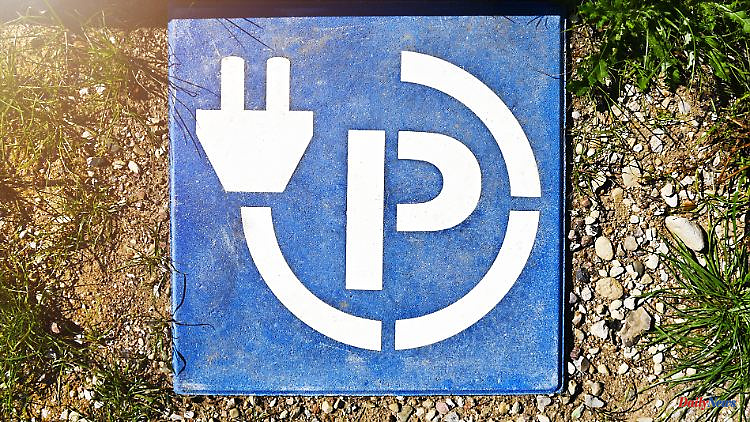Expensive, not usable in winter, charging takes forever: there are still many reservations about electric cars. There is something to many of them. But mostly much less than some critics think.
Almost every seventh new car in Germany is now purely electric. This means that locally emission-free drive technology has finally left its niche. Nevertheless, there are still many reservations about battery cars. Are they durable? A five-point check.
Electric cars are flammable
Even if reports of burning e-cars keep appearing: In principle, electrified vehicles are no more or less dangerous than cars with diesel or petrol engines in so-called fires that follow an accident. Also because they have to meet the same safety standards. More general studies, which also look at technical defects without an accident, also provide no evidence that e-cars are particularly dangerous. In most cases, the Stromer even perform significantly better than combustion models - but this could also be partly due to their lower average age.
What is actually problematic with e-cars is the so-called "thermal runaway" - the igniting of the entire battery, which can then only be extinguished with great effort and a lot of water.
Electric cars cannot tow trailers
In fact, there were no e-cars with a trailer hitch for many years. The hook is now available for almost every model above the small car class - but it is not always intended for coupling a trailer. Especially in the smaller classes, it is more about using the bike rack. But even those who want to pull really hard can now do so with an e-mobile.
The BMW iX currently accepts the most weight on the hook at 2.5 tons. However: The additional kilos on the team reduce the range greatly. And when charging at the public pillar, a lot of maneuvering is required with the trailer on the hook.
Electric cars are hardly usable in winter
Cars with internal combustion engines also use more fuel in winter. The engine is particularly cold when starting, lights, heating and windscreen wipers require extra energy. This also applies to e-cars, although there is also the fact that the chemical reactions in the battery are inhibited when it is cold. The bottom line is that when it's freezing, range can drop by a quarter or a third of what it would be on a sunny spring day.
In practice, however, this is only a real problem on long-distance journeys or with a generally small battery size. In the rest of everyday life, in many cases it is rather unimportant whether the car can travel 400 or 300 kilometers. Nevertheless: If you drive long distances more often, you should invest money in a model with a larger battery if in doubt.
Electric cars are too expensive
If you want an e-mobile that is suitable for everyday use and that not only works in city traffic but also on longer trips, you have to have at least 35,000 euros in your budget. The environmental premium of currently almost 10,000 euros is deducted from this. In the next year, the subsidy will drop to around 7,400 euros, and then gradually be reduced further. The bottom line is that an e-mobile is not a bargain.
But the same also applies to combustion engines - a VW Golf is currently available with the smallest petrol engine and manageable equipment for no less than 30,000 euros. If you also take into account the expected sharp drop in the residual value of combustion cars, the e-mobile is becoming increasingly attractive from a financial point of view. If you have a cheap charging current tariff, you also usually save in operation.
Loading takes forever
Filling a large battery can take 24 hours or more at the household socket. Fortunately, that doesn't usually have to be the case: If you need a lot of range in a short time, you can fill up with electricity for several hundred kilometers in half an hour on the ultra-fast charger - provided you have the right car and the right environmental conditions.
There is a relatively large amount of leeway between the two extremes: For many users, charging is not a major problem in terms of time, because with a little planning it can be easily integrated into everyday life.












